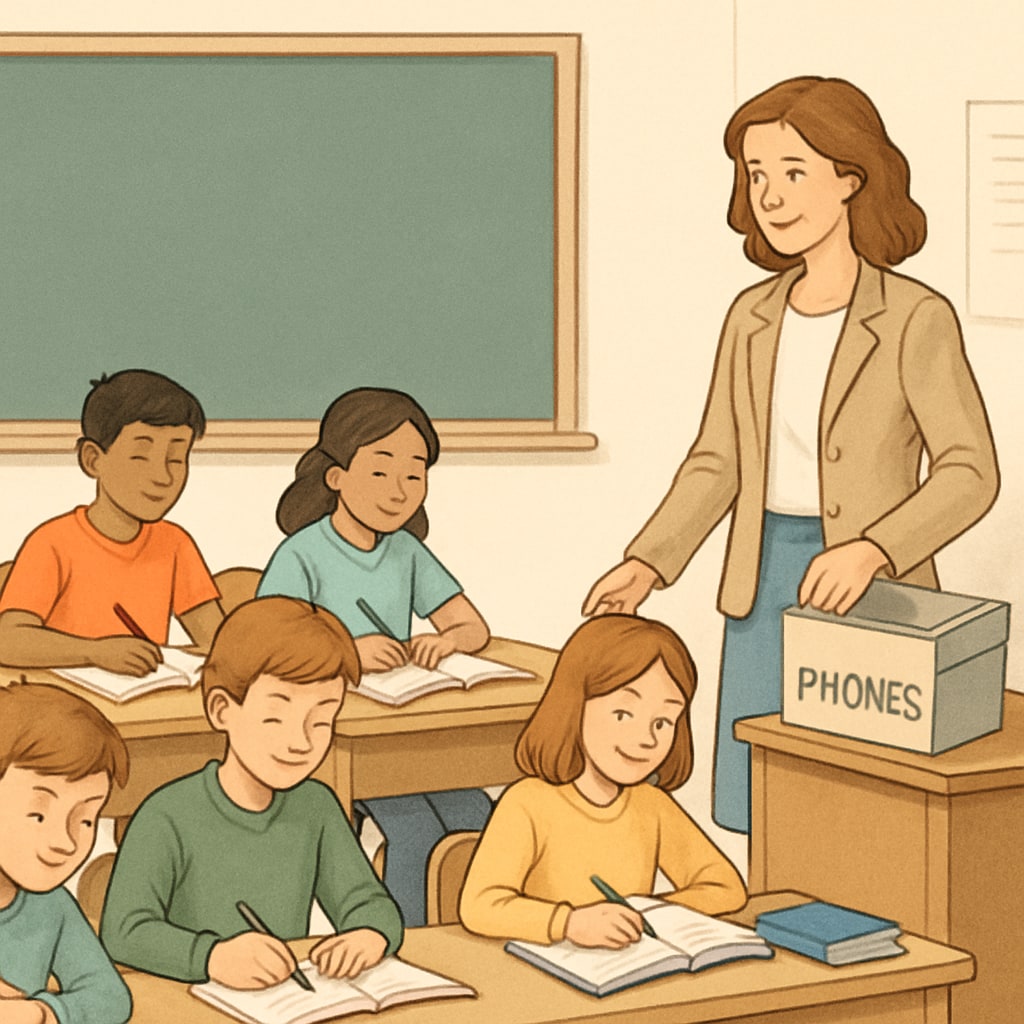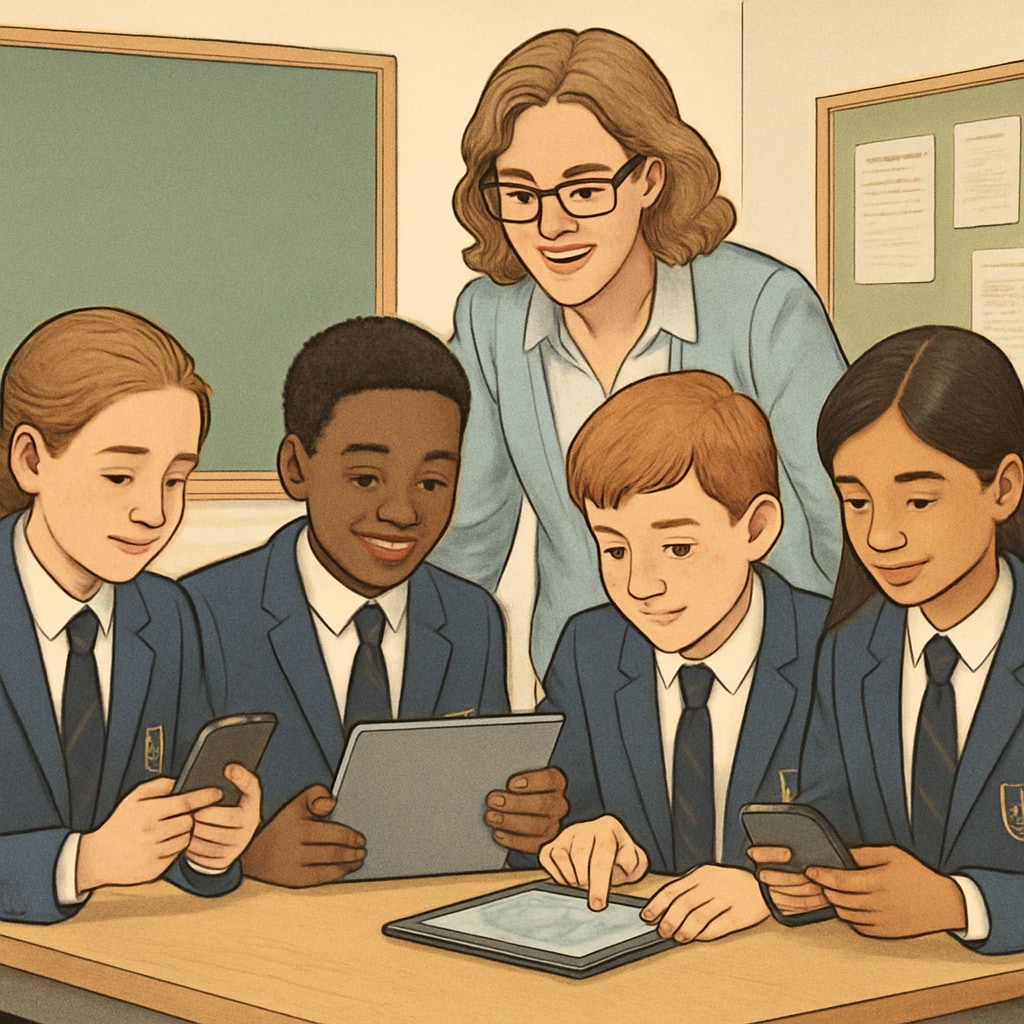In recent years, the debate over mobile phone bans, school policies, public vs private schools has gained significant attention. The introduction of strict mobile phone restrictions in public schools has been lauded for minimizing distractions and fostering a focused learning environment. However, it also raises questions about how such bans align with the evolving demands of the digital age. Meanwhile, private schools often adopt more flexible approaches, reflecting different educational goals. This article delves into the contrasting policies of public and private schools, the rationale behind mobile phone bans, and their implications for student development.
Public vs Private School Policies: Contrasting Approaches
Public schools in many regions have implemented blanket bans on mobile phones during school hours. These policies aim to reduce distractions, prevent cyberbullying, and create a more disciplined environment. For instance, governments in countries like France and Australia have mandated mobile phone restrictions across public schools, citing the need to prioritize in-person interactions and academic focus.
In contrast, private schools tend to adopt more nuanced approaches. They often allow restricted use of phones, integrating them into lessons or permitting access during breaks. This flexibility stems from the autonomy private institutions have in crafting their policies. Educators in private schools often emphasize teaching responsible phone usage rather than outright prohibition, highlighting the importance of preparing students for a technology-driven future.

The Educational Philosophy Behind Mobile Phone Bans
Mobile phone bans in public schools are rooted in the belief that reducing external distractions fosters an environment conducive to deep learning. By removing phones, schools aim to encourage face-to-face communication, collaboration, and sustained focus on academic tasks. For example, studies have shown that students perform better in exams when mobile phones are not present, as they are less tempted to multitask.
On the other hand, private schools often see technology as an integral part of modern education. Their policies reflect an educational philosophy that values digital literacy and self-regulation. Instead of bans, private schools may implement “phone zones” or time-restricted usage policies, helping students strike a balance between technology use and other responsibilities.

Fostering Self-Discipline and Media Literacy
While mobile phone bans aim to create immediate benefits, they also present challenges in fostering long-term self-discipline. Critics argue that outright bans fail to teach students how to manage distractions independently. In the digital era, where devices are ubiquitous, the ability to self-regulate is an essential skill for both academic success and personal growth.
A balanced approach, which includes teaching media literacy and responsible phone use, may better prepare students for the future. Schools can introduce workshops on time management, cyber ethics, and the impact of social media on mental health. For example, organizations like Common Sense Media provide resources for educators to integrate media literacy into their curricula.
Striking a Balance: Lessons for the Digital Age
The debate over mobile phone bans highlights the broader challenge of aligning school policies with the realities of the digital age. Public schools prioritize immediate behavioral changes, while private schools often aim to equip students with lifelong skills. Both approaches have merit and can coexist depending on the context and goals of the institution.
In conclusion, the key lies in striking a balance between minimizing distractions and fostering self-discipline. Schools can combine restrictions with educational initiatives that promote responsible technology use. By doing so, they can create environments that support both academic excellence and the development of critical life skills.
Readability guidance: The article uses short paragraphs and clear headings to improve readability. Transitions like “however,” “in contrast,” and “for example” are included throughout to ensure a logical flow. Lists and multimedia suggestions enhance engagement, and the text avoids overuse of passive voice and long sentences.


